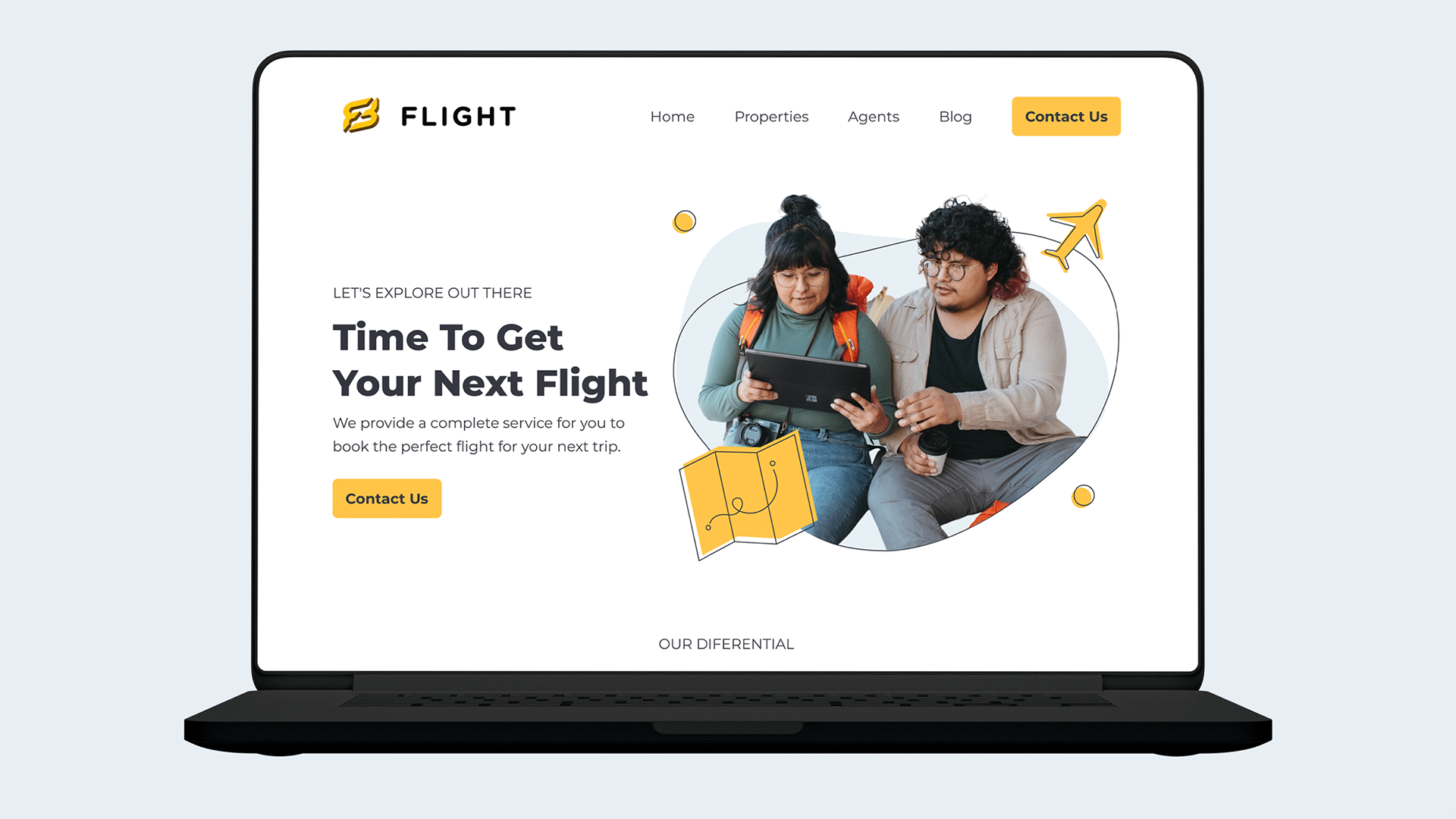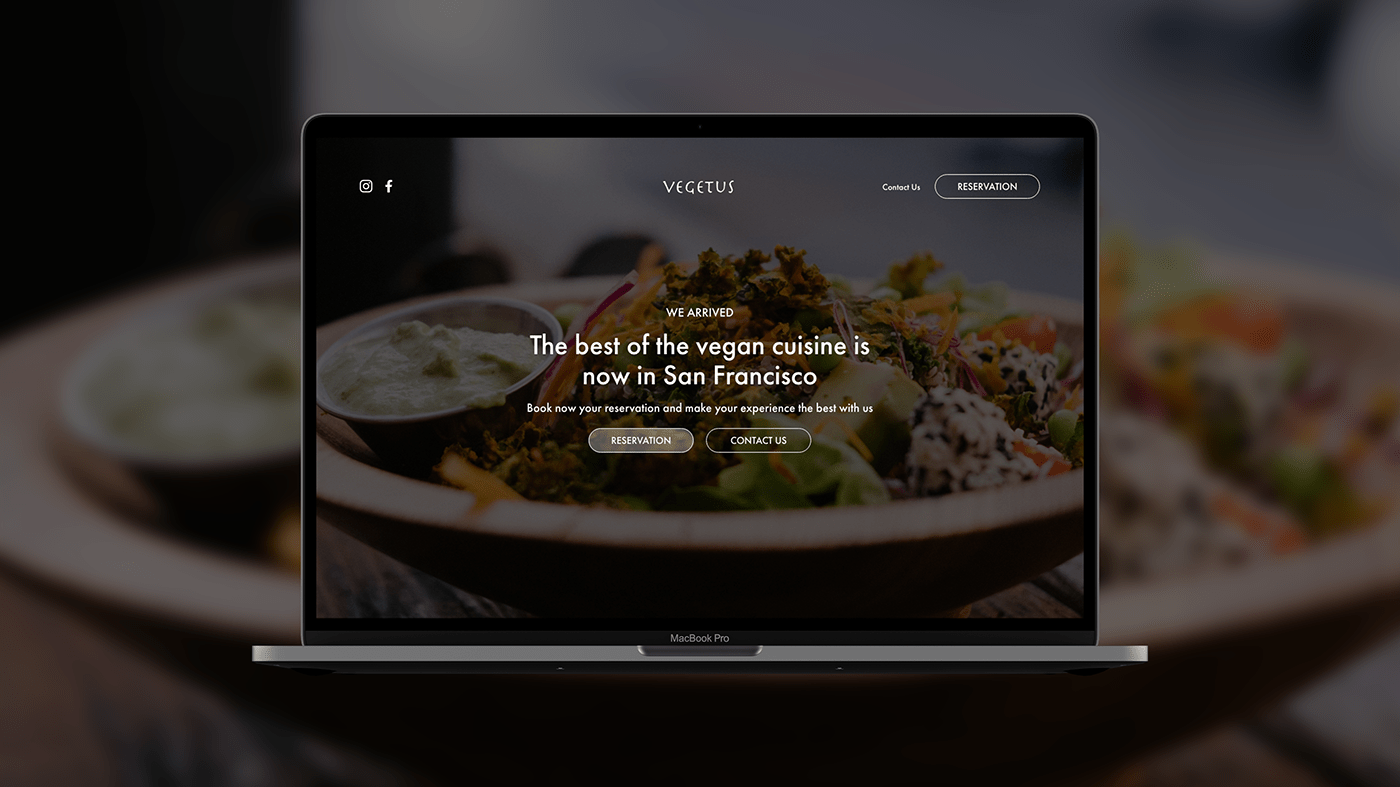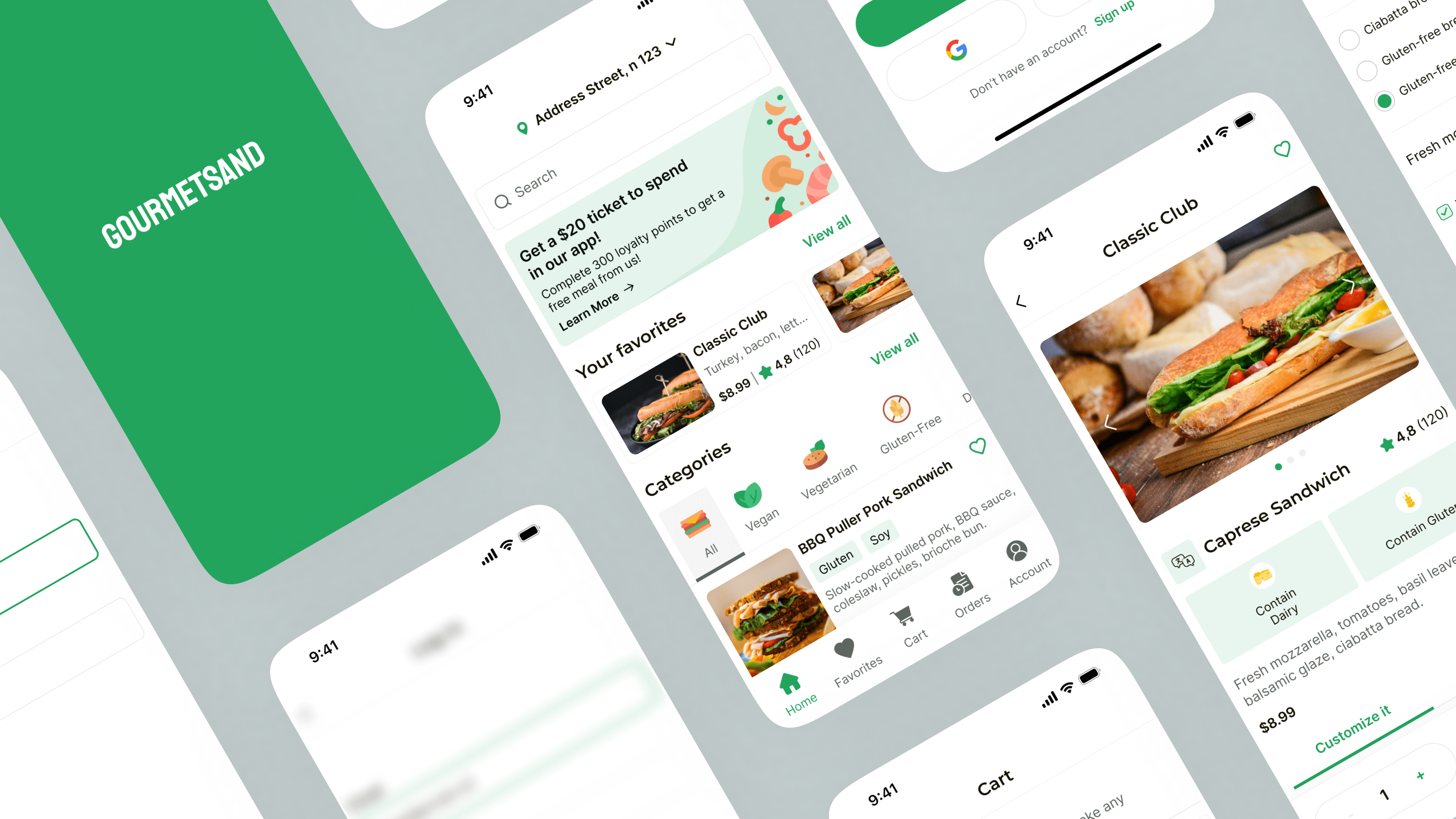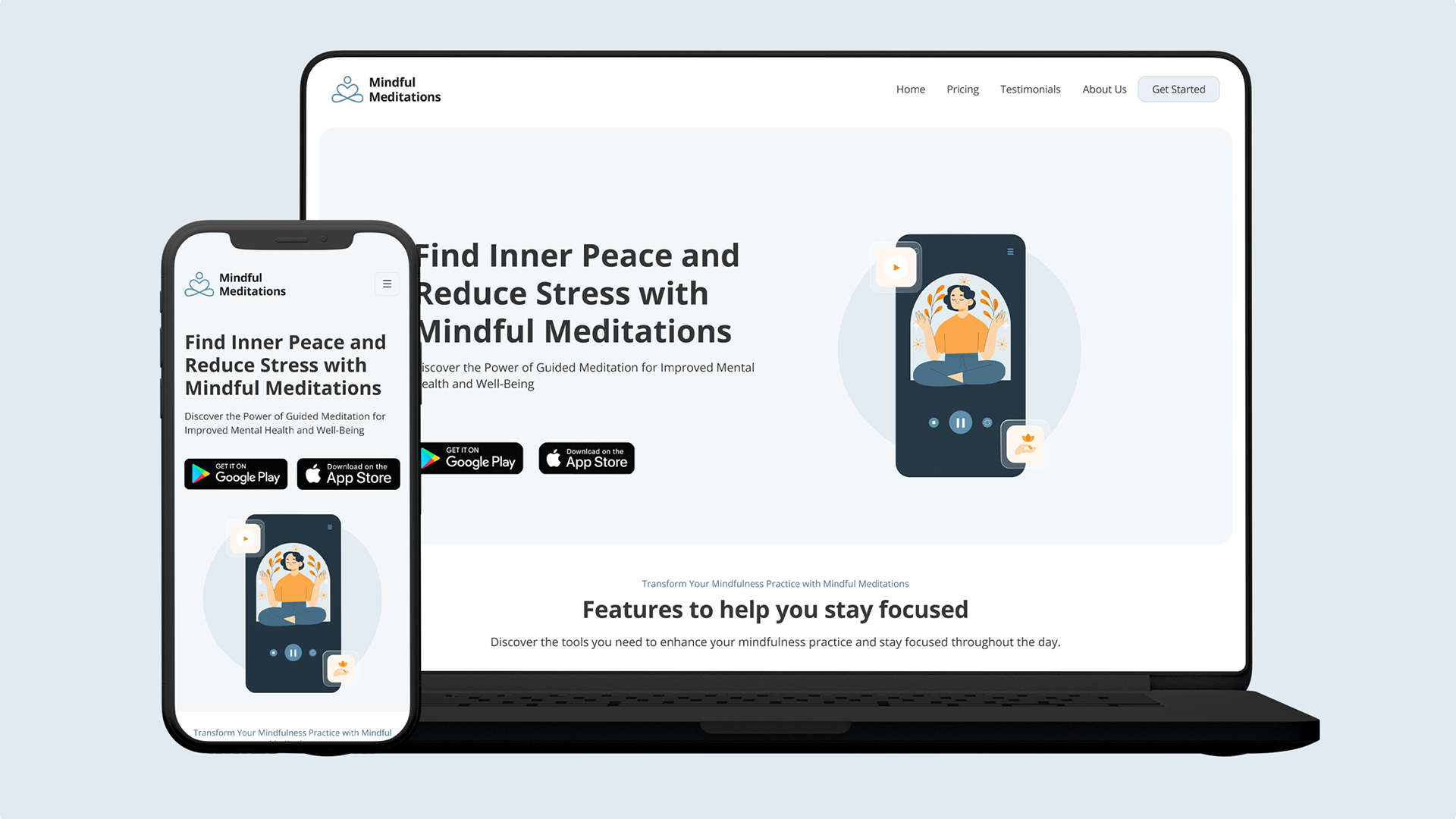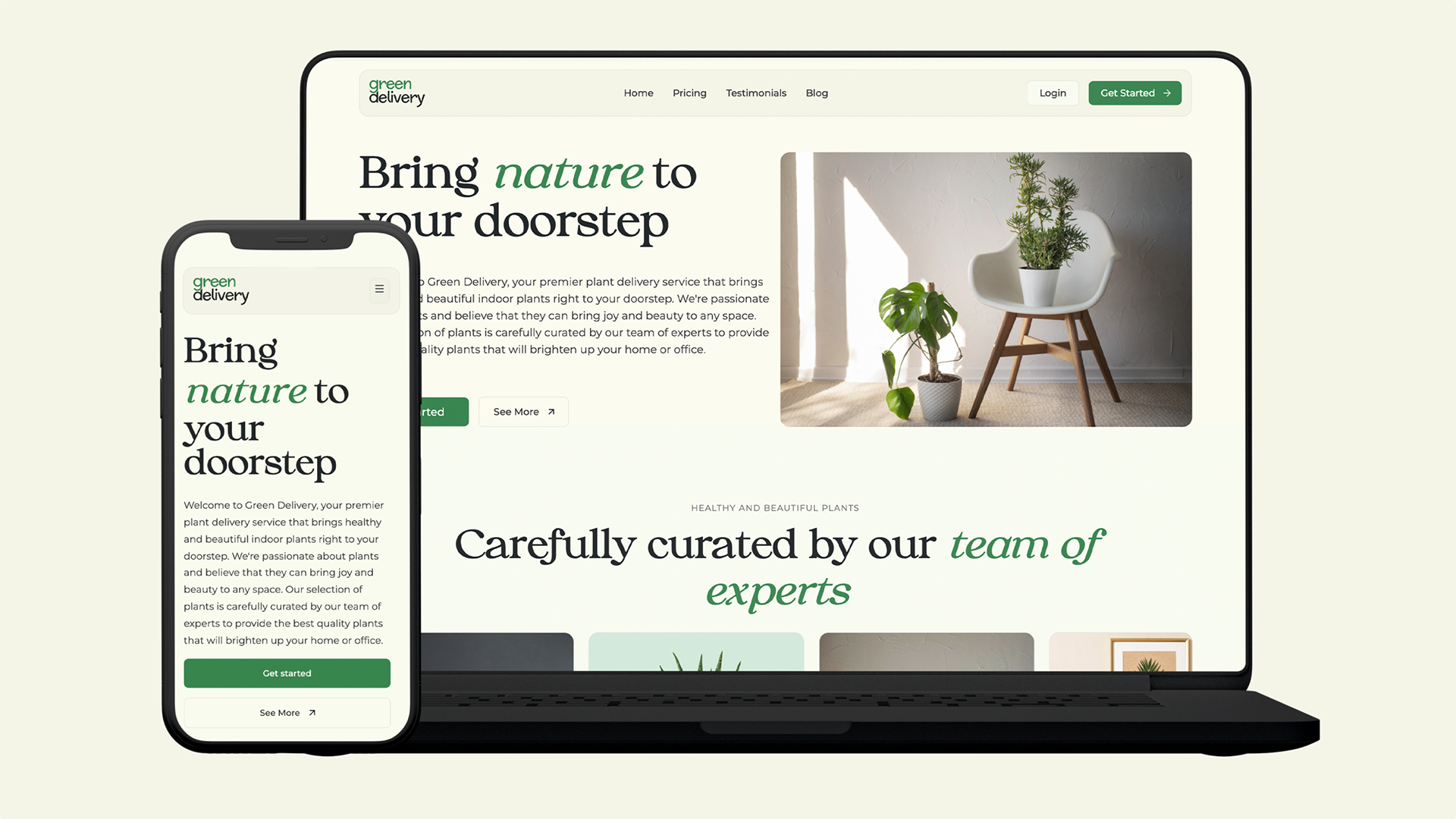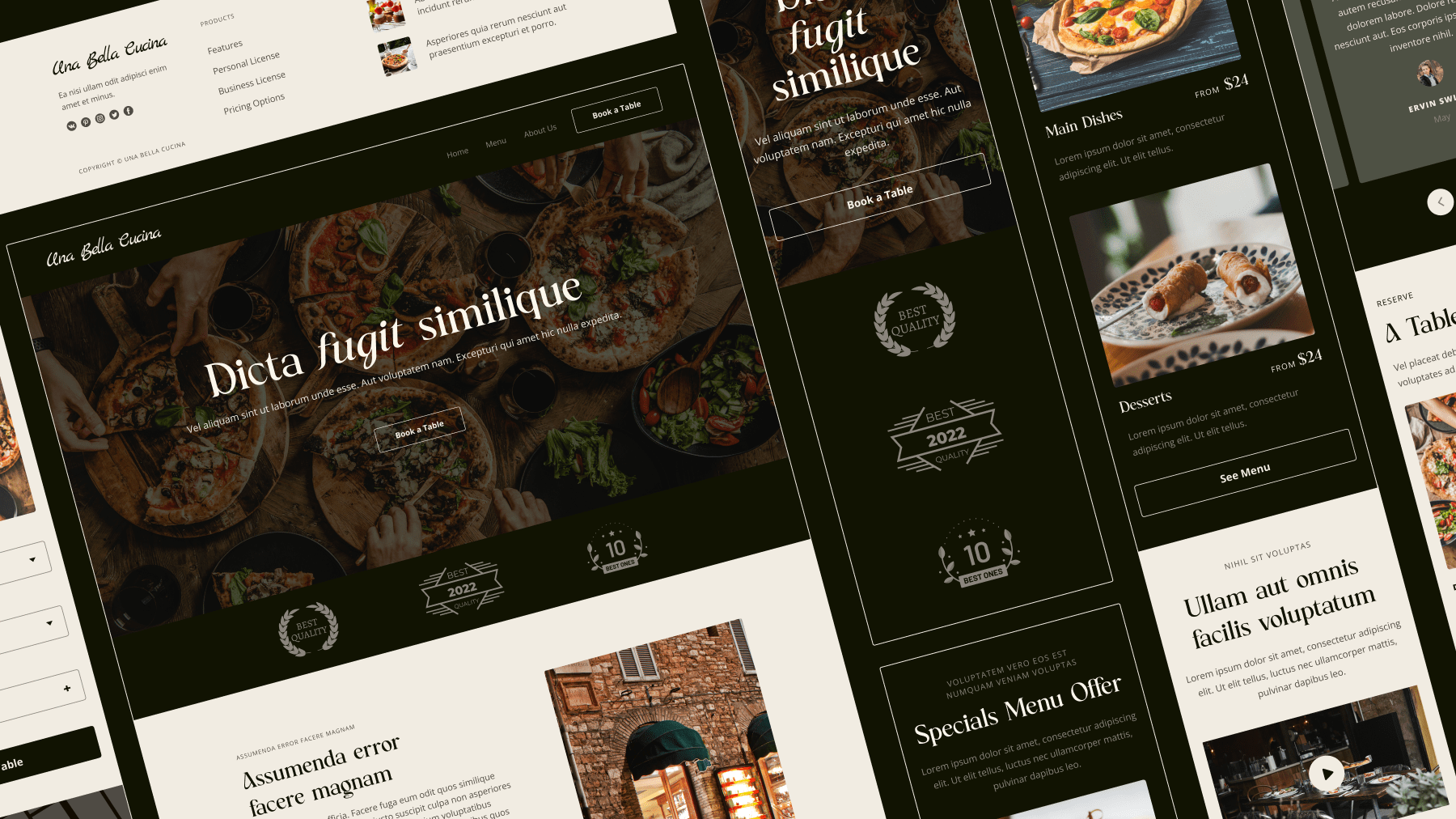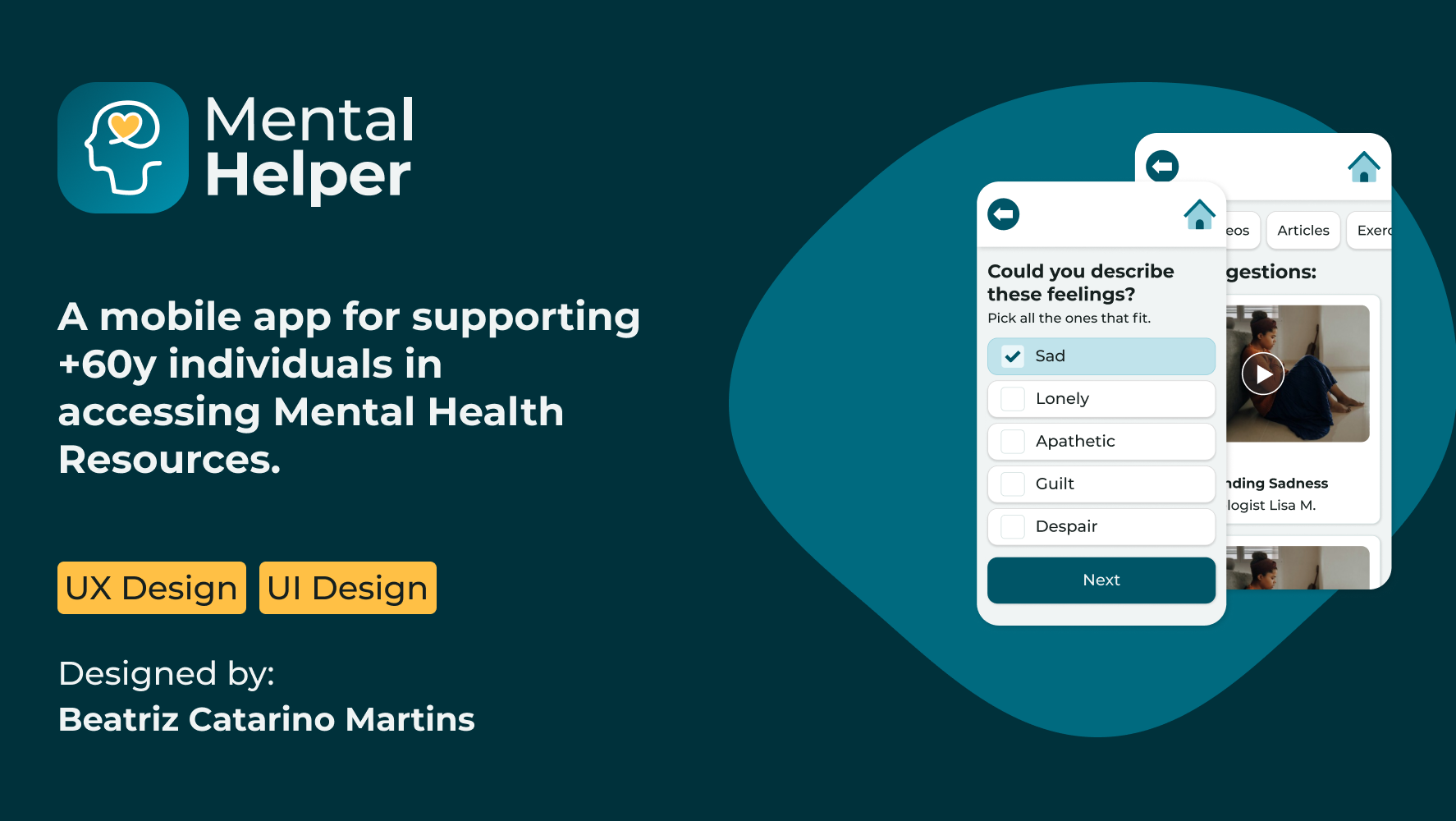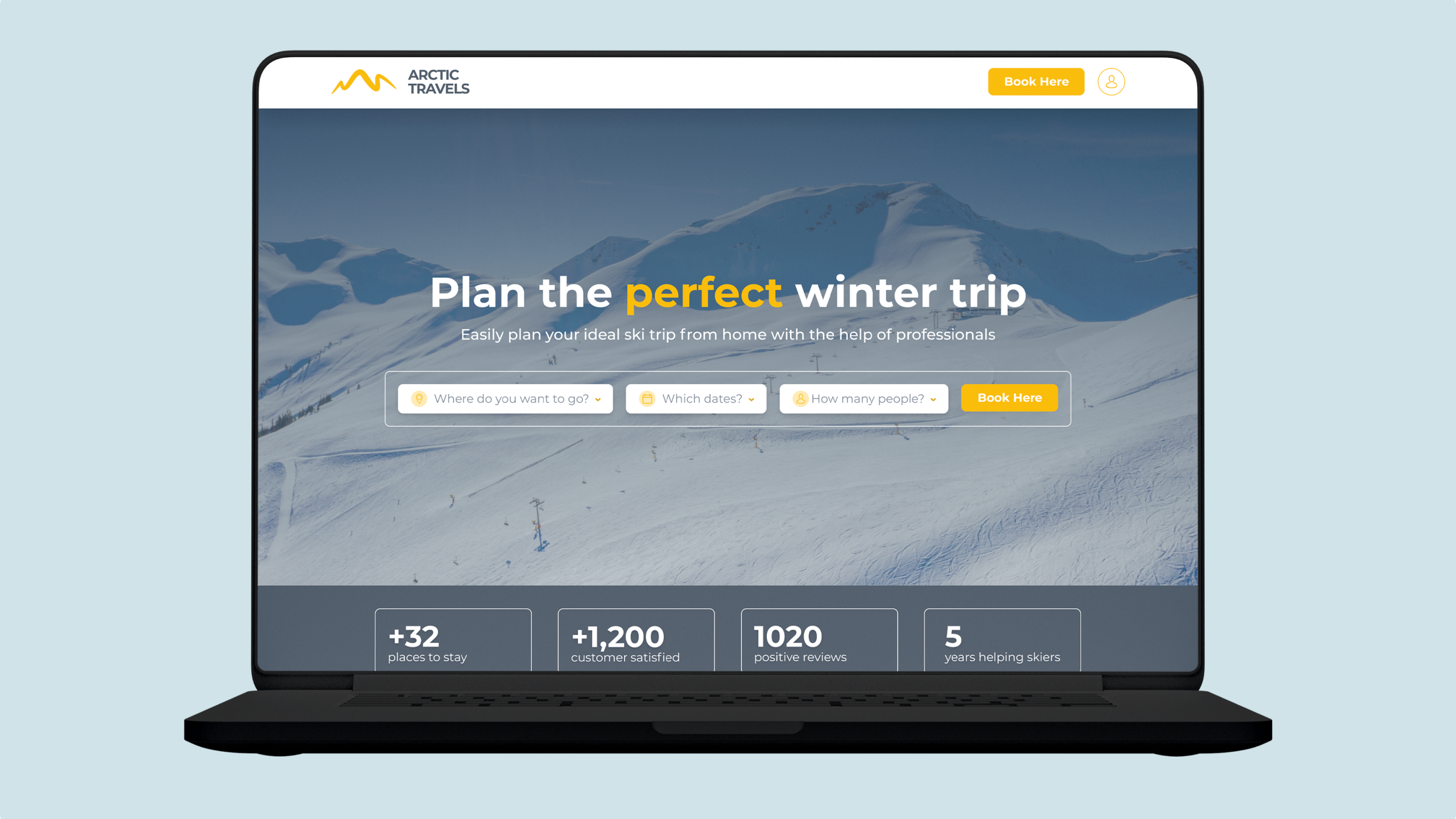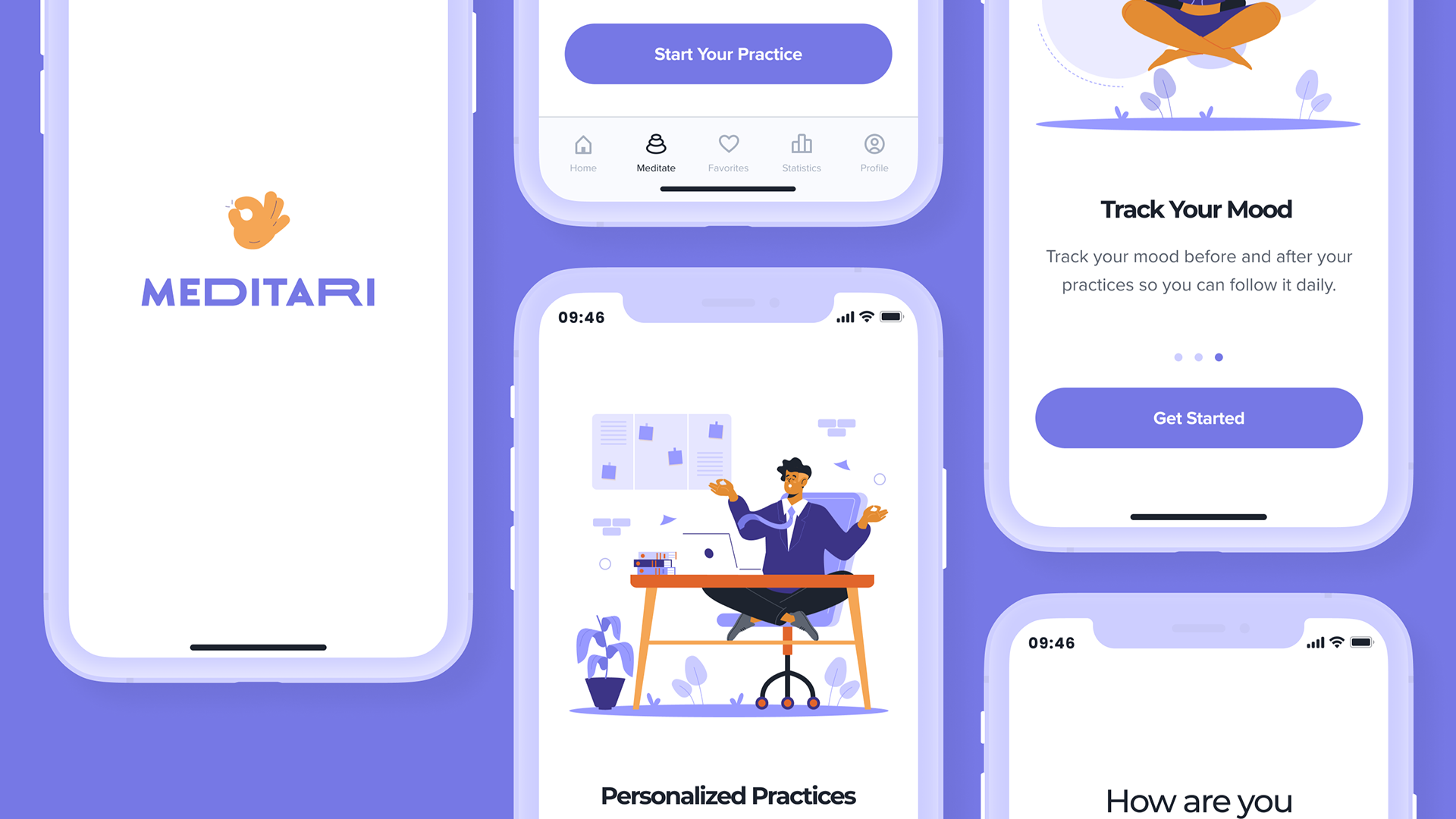HabitCircle
A mobile application that aims to assist people in forming new habits.
My Role
Solo student project for the AllWoman UX/UI Bootcamp 2023
Timeline
October - December 2023 (7 weeks)
Tools
Figma, G Suite, Zoom
Skills
User research, sketching, wireframing, prototyping, and user testing.
THE Problem
People often struggle to keep track of their habits and then lack motivation to continue it.
I started learning painting, something I had always wanted to do but never found the time for. I used to think that painting was a talent that people were born with. However, my teacher was always telling me that I would struggle at first and that I needed to keep practising to get better. I made it a habit to pick up my sketchbook every day and create something, but it was challenging to stay motivated when I couldn't see any good results. I talked to my colleagues, and they were all facing the same problem. This made me wonder how we can help more people stay motivated when starting something new. To understand why this happens, I decided to investigate further.
DESK RESEARCH
It can take 18 days to half a year to create a habit.
Starting with Desk Research, I wanted to understand what is a habit in the first place and how it's formed - already getting important insights from that:
• Habit is a routine of behaviours practised frequently;
• It's a lengthy process, and individuals need immediate feedback to know that they're on the right path;
• Habit formation is influenced by the frequency and consistency with which it's performed;
• The process of forming a habit can take 18 days to half a year.
benchmark
There are a lot of tracking apps available in the market.
I wanted to explore some habit-tracking applications already available in the market - to understand how they work and what people say about them. One of the apps I use daily is TickTick, which has helped me keep up with some of my habits, like exercising and reading daily. However, I've been struggling to stay motivated in painting; even though I practice for at least five minutes daily - I still couldn't see a result, so it wasn't motivating me enough. Then I also visited the App Store and found Productive, which was one of the first options that it suggested to me when looking for a habits-related app. I also researched Google to find a different type of habit-tracking app that would have gamifying elements, and it suggested Habitica, a game that helps track habits.
• All three apps focus on tasks in general rather than solely on habits - habit-tracking is a feature of it.
• Habitica uses gamification to make the process more engaging and fun, while the other two take a more traditional approach to habit tracking. With Habitica, users can get points as a reward for tracking a habit and exchange that for features inside the product that they can apply to their "character".
• Productive and Habitica offer challenges and allow users to interact with other participants, while TickTick doesn't.
Based on that, the opportunity identified was to think about a solution with a habit-tracking app with gamification features, collaboration options, and friend challenges - integrating these focusing solely on habit-tracking.
User Surveys
96% faced challenges in maintaining habits, and only 20% used an application for that.
A user survey was conducted as quantitative research with 27 participants who had started a new habit in the last six months, with the primary goal of having answers to my research questions. These were the main takeaways:
An important insight from here is that even though there are a lot of tracking apps available in the market, only 20% use or have used them, leading to my curiosity about the reason behind it.
User interviews
Users find that using a tracking app can be time-consuming and add unnecessary pressure to their lives.
The main insight from the interviews was the statement that "Users find using a tracking app to be time-consuming and adding unnecessary pressure to their lives." This answers my previous question of why there are many tracking apps available, but only 20% of users use them.
This insight I got after conducting a user survey, where I invited five participants who had previously completed the survey to a 30-minute Zoom interview. The goal of these interviews was to understand the challenges faced by people who tend to start something new but give up after a few days.
wrapping up the research
Affinity Mapping
To conclude the research, I added all the information gathered from desk research, benchmark analysis, user surveys and interviews into Figjam. This process helped me to identify common themes across the gathered data and gain insights from each one.
research insights
research insights: the most IMPORTANT FINDING
Users feel more pressured when using a tracking app.
This statement was related to all the users. One of them even mentioned that using a habit-tracking app would be like learning a new habit just to use it, and that already would make her feel overwhelmed. About the ones already existing in the market, they answered that they feel annoyed by too many things on it and prefer not to use them. My primary focus was to keep this insight in mind, while also considering all the others.
Empathy Map
Understand what the user does, thinks, feels and says
I gathered all the data collected from the user survey and interviews and organized it into an Empathy Map. I divided the data into categories to gain a better understanding of what the users do, think, feel, and say. This helped me to understand their needs, behavior, and build a User Persona.
User Persona
Kate needs an app to keep herself motivated with her new habits.
Based on that, I built a persona named Kate, being able to synthesize the needs and behaviours of my users to better anticipate how they might interact with the proposed solution.
• Her main needs are to visualize her progress when starting a new habit and to have a tracking app that doesn't make her feel overwhelmed and more pressured.
• She usually feels more motivated when doing it with someone.
• Prefers doing it manually because she can add colours to it.
How Might We
How Might I make the process of tracking a habit enjoyable and engaging?
After gathering all the necessary data during the research phase, I explored some "How Might We's" (HMW's) based on the insights found and decided to focus on one in particular. The main insight I wanted to address was that users feel pressured and annoyed when there are too many things on the platform, and then they prefer not to use it as a result. So how might I make a process that is the opposite of making the users feel pressured and annoyed?
Ideation Phase
brainstorming
If users feel overwhelmed and more pressured when using a tracking app, how could I propose something that would do the total opposite and suggest fun, enjoyment and that users would feel engaged in using that?
After considering the HMW, I began brainstorming ways to create a solution to provide users with a positive and enjoyable experience. To come up with ideas, I started with a brainstorming session called Crazy 8's and used the Lotus Blossom technique while keeping the HMW statement in mind. The reason why I chose these techniques was that, as with the Crazy 8's, I could just write down and sketch every possible idea that came into my mind; with the Lotus Blossom, I was already iterating with some of them and refining it for my final minute. Doing this helped me to already think about features I would like to incorporate in my solution while also considering the emotions and user experience I wanted to evoke. At the same time, I was starting to think about the values I would like to incorporate into that.
My solution
A mobile app that enhances user motivation and engagement without overwhelming them
By answering my HMW during the brainstorming sessions, I was able then to create a solution statement to better guide through the whole process, already writing down the features I would like to add to my solution, as previously stated.
As I was brainstorming ideas, the name "Circle" popped into my head. I thought it would be a great name for a place where people could share their accomplishments and progress with friends. The name was inspired by the concept of a "circle", which can refer to a group of individuals who share a common interest or participate in similar activities*.
At this point, features I wanted to include were:
TASK FLOWS
Focusing on the primary tasks
Once I had identified the key features I wanted, I began by defining the primary tasks I intended the user to do. I narrowed it down to these main tasks: creating and tracking a habit, adding friends and cheering on their progress.
• To form a habit, the user needs to take the first step of creating it;
• Following that, a solution should be designed to help users track their progress and share their achievements with friends - for that, they would need to be able to add them to their "Circle". This way, users could encourage and support each other in achieving their progress and forming a habit.
DESIGN PATTERN RESEARCH
Learning from established practices
Prior to initiating any sketching, my primary objective was to gain a comprehensive understanding of successful design patterns that are closely related to my task flows. The main purpose of this exercise was to obtain valuable insights and knowledge that would enable me to continue to work on my project.
Creating and CUSTOMISING A Habit
• Using icons to visually display those habits;
• Giving the user the option to easily customise that with their preferred colours;
• Frequency can be adjusted, like daily in the example;
• Applying the colour to the icon chosen.
TRACKING HABIT & GAMIFICATION ELEMENTS
• Gaining points by tracking it;
• Having a Streak system where users can see their progress and share.
Sharing with friends
• Having a preview of what is going to be shared;
• Having the option to share a link to show and invite friends to the application.
creating a memory from that
• When recording that action, add a caption and a photo to create a stronger memory of that.
• Here I came across some studies that taking photos can promote mindful attention to experiences and increase enjoyment, memory, and life satisfaction.*
design phase
sketches
Designing the User Interface
Based on my task flow and design pattern research insights, I started to sketch screens for each step of the main task flow: creating a habit, tracking it and sharing their progress with friends by creating a visual memory from that. Doing this helped me to get down on paper as many ideas as possible, without any judgment, and only later select the ones I felt would answer to my solution.
from sketches to Mid-Fidelity prototype
After reviewing my sketches, I went to create my mid-fidelity prototype on Figma. This allowed me to better visualize and test my ideas, already thinking about proper sizes and practices. To ensure that I followed established standards, I researched examples such as the Apple Human Interface Guidelines and Google Material Design.
Doing the Mid-Fidelity Prototype allowed me to conduct user testing before jumping into my High-Fidelity Prototype.
testing
user testing
Findings from User Testing sessions
A usability test was conducted with three users who had previously participated in the user interview. During the test, they were asked to perform the main tasks, and the following findings were gathered.
When given the task to make the habit daily except on Sundays, all the users expected to select only the day they would like to exclude, not the opposite of selecting day by day for daily activity.
2/3 users also expected to be able to choose a specific time to get notifications when creating a habit
Users needed clarification about where to click on the habit to see: if they would need to click on the streaks bar or the overall card. They also mentioned that streaks were repeating on the page after and didn't understand why they were in the 1st one.
After the screen where the user added Jenny, they needed clarification about what to do after they saw the confirmation. The solution was to add, after the delayed animation, two buttons: one leading them to add more friends and another one to the Circle so they could check the feed with the new friends added.
STYLE GUIDE
A Cheerful, Ease and Motivational brand
When starting to think about my high-fidelity prototype, I referred back to the brand values that had been established earlier and began to gather visual references in accordance with them. Since the brand had a cheerful, easygoing, and motivating vibe, I looked for many references featuring colourful and energetic designs. Even though the moodboard had a lot of colours, I chose the colour palette in a neutral way by selecting orange as the only colour since it is a known energetic colour. The reason behind not having too many colours in the palette was that the primary goal was to make the colours stand out when the user customized their habit with them.
Components
Creating a Design System
Once I established my brand identity, I began using Figma to design components and create a Design System for my application. By doing this, I could design my high-fidelity prototype in a more efficient manner. To ensure that I followed established standards, I researched examples such as the Apple Human Interface Guidelines and Google Material Design.
High-Fidelity Design - THE SOLUTION
A mobile application that aims to help users form new habits without feeling overwhelmed
The solution is a mobile application that allows users to keep track of their habits and share their progress with friends using pictures, creating a visual memory of that and, by that, having a more enjoyable experience. Moreover, users can set reminders to stay motivated and on track. By reaching their goals, users can earn badges to recognize their progress.
Creating a Habit
Tracking a Habit
Adding a Friend to Circle and Cheering their achievement
Watch the Prototype ⤵️
Final Considerations
Next steps
• Continue testing;
• After this first iteration, I realized that I placed too much emphasis on the motivational aspect of sharing and motivating their friends and maybe repeated the overwhelming factor of the already established habit tracks, as creating a habit is still a long process, so I plan to take a step back and concentrate on simplifying this process;
• I would like to also work on the Challenge Flow, with the option to have a Leaderboard and to see people within that Challenge's posts;
• Add as well a Leaderboard to the Circle. This feature would enable them to track their progress and compare their achievements to their friends.
Learnings
• With a background in UI and Visual Design, I faced many challenges. I often found myself focusing on details instead of my users; then I would realise I lost one day working on something that actually didn't answer the user's need and get back to it;
• I find it really cool to talk to users! It was really powerful to learn from their experiences and apply everything I learned from them to the project. Some users, after a few minutes, seemed like they were feeling great when they felt safe enough to share without fear of judgment.
• In my opinion, Research is the most crucial step in any project. Without users, there can be no project, and without understanding their needs, there won't be an effective solution;
• Testing is essential;
• Letting go of ego - if something doesn't work, it's my understanding of the person's need that needs to be adjusted, so go back and try again;
• This approach has helped me a lot in my personal life. Whenever I have questions or need to make a decision, I conduct research to gather facts - and after that, I test it as many times as possible. Since I started doing this, I have had many discussions with my therapist, who super approves of this approach.

